Sithathoriunet
Brilliant_Rock
- Joined
- Sep 21, 2008
- Messages
- 1,686
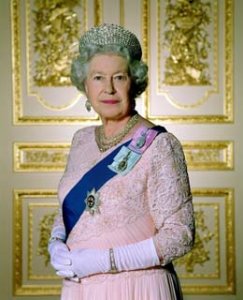
Date: 2/16/2009 7:18:53 PM
Author: Sithathoriunet
queen mary, victoria''s grand daughter
Date: 2/16/2009 10:35:21 PM
Author: shadowed_rain
Date: 2/16/2009 7:18:53 PM
Author: Sithathoriunet
queen mary, victoria''s grand daughter
Actually, I believe you meant Queen Maud, the Queen of NorwayI love this picture of her. She elegantly carried the Edwardian era to true form.
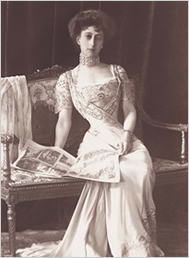
Date: 2/17/2009 3:18:31 PM
Author: Sithathoriunet
and here is queen mary
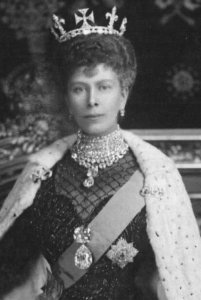
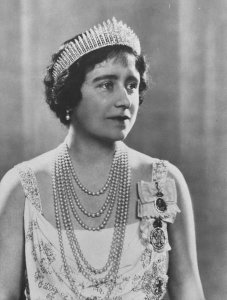
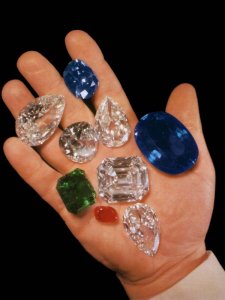
Date: 2/17/2009 5:03:09 PM
Author: prince.of.preslav
Date: 2/17/2009 3:18:31 PM
Author: Sithathoriunet
and here is queen mary
Queen Mary is my favourate Consort (¹2 is The QMum) probably because of her vast collection of fine jewelery. I''ve alyaws sayed that no other queen could(and probably won''t)wear jewels the way she did. Maybe Camilla will try to, she is also fond of big pieces and IMO The Duchess looks radiant and/or regal when she wears them(especially tiaras).
Here''s one of my fav. official portraits/photographs of Queen Mary showing The Cullinans I&II (broach) and III&IV(necklace), Queen Victoria''s regal circlet, 2 of the bow broaches (the rights one looks like Q Victoria''s) and at least 2 rivieras and a diamond choker. Does anyone know when the photo was taken. I think that it''s after her husband became King, so maybe The Queen is in her late 40s.




Well, I don't think Camilla should even try. They're not going to let her wear I, II, III, and IV! That's beyond all reason. That will never happen again IMHO.Date: 2/17/2009 5:03:09 PM
Author: prince.of.preslav
Date: 2/17/2009 3:18:31 PM
Author: Sithathoriunet
and here is queen mary
Queen Mary is my favourate Consort (¹2 is The QMum) probably because of her vast collection of fine jewelery. I've alyaws sayed that no other queen could(and probably won't)wear jewels the way she did.
oh yes, i have to agree. not to be forceful against camilla or anything, but, i must admit for me, she will always be distasteful. not because of her age, not because of her relationship with charles, but it''s very simple really, it''s because of the way in which she and charles played diana. diana was young, innocent, and victimized thoroughly by them both. so, i must say of all royals the world over, those two have got to stand lowest on my list. and i think they always will. i could never do to anyone what they did to diana, and i cannot ever feel kindly towards anyone who would.Date: 2/18/2009 6:46:38 AM
Author: Imdanny
Date: 2/17/2009 5:03:09 PM
Author: prince.of.preslav
Date: 2/17/2009 3:18:31 PM
Author: Sithathoriunet
and here is queen mary
Queen Mary is my favourate Consort (¹2 is The QMum) probably because of her vast collection of fine jewelery. I''ve alyaws sayed that no other queen could(and probably won''t)wear jewels the way she did.
Well, I don''t think Camilla should even try. They''re not going to let her wear I, II, III, and IV! That''s beyond all reason. That will never happen again IMHO.
I and II, in particular, I think are going to stay where they are now. Stunning picture!
I have to say, though, even for me, I think that is too much! Wow.
